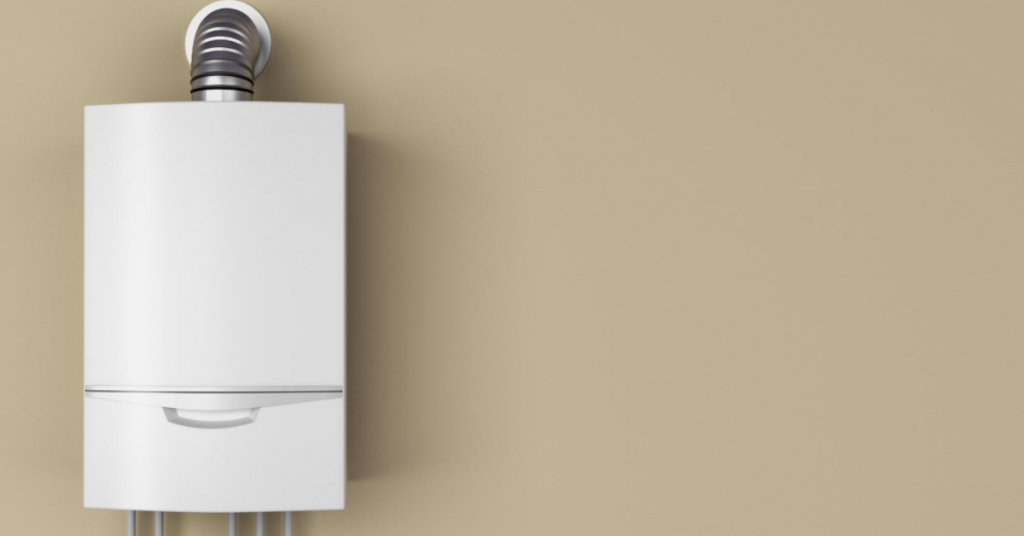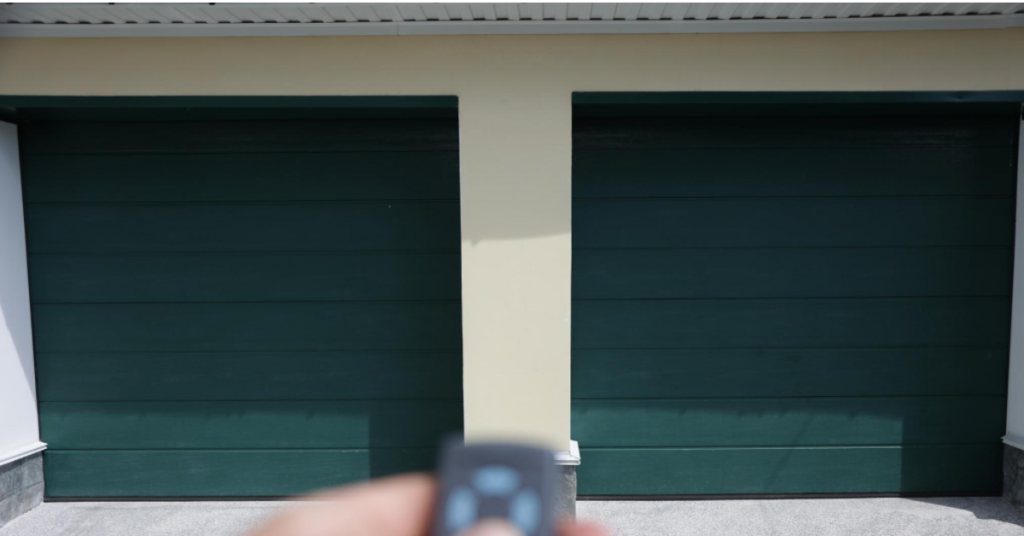6 min read
Summary:
Choosing the right size tankless water heater depends on factors like home size, climate, hot water demand, and temperature rise. Calculate flow rate and temperature rise to match the tankless unit’s capacity with your needs. Smaller families should aim for approximately 6 to 8 GPM, while larger families may need around 8 to 10 GPM.
So, you’re thinking about getting a tankless water heater? Great choice!
But before we dive in, let’s talk about something essential: sizing it right. Believe me, it’s not as complicated as it sounds. Stick with me, and we’ll explore everything from gallons per minute (GPM) to the required temperature rise.
What makes tankless water heaters a favorite among homeowners? It’s the efficiency and endless supply of hot water. But, to make the most of this modern comfort, you have to choose the right size.
Assessing Your Hot Water Needs: Where to Start?
What makes tankless water heaters a favorite among homeowners? It’s the efficiency and endless supply of hot water. But, to make the most of this modern comfort, you have to choose the right size.
The amount of hot water you use on a daily basis is also a crucial factor. One of the most important factors is the size of your home. Smaller homes need smaller tankless water heaters, while larger homes need bigger ones, depending on the number of occupants.
Small families with low hot water usage can opt for a tankless water heater. A tankless water heater with a flow rate of 6 to 8 gallons per minute (GPM) will suffice for their needs. If you have a large family or need more hot water, you may need a tankless water heater. This type of heater can provide approximately 8 to 10 gallons of hot water per minute.
Flow Rate (Gallons Per Minute GPM)
You’ll want to look at how much hot water you might be using at the same time. Whether it’s the shower, washing machine, or kitchen sink, every drop counts. Summing up the GPM of all your hot water appliances will give you an idea of what to look for.
A standard shower head has a flow rate of 2 gallons per minute (GPM). Both a standard dishwasher and a standard washing machine use 2.5 GPM. A typical faucet operates at 1 GPM.
You can also try this handy calculator.
Temperature Rise
The concept of “temperature rise” might sound complex, but it’s straightforward. It refers to the difference between the incoming groundwater temperature and the desired temperature for hot water use in your home.
Consider the cold water when you first turn on your shower; that’s the groundwater temperature. Then, think of the warmth you prefer for your shower; that’s the desired temperature. The temperature rise is simply the subtraction of the groundwater temperature from the desired temperature.
Understanding the temperature rise is essential in selecting a water heater. It allows you to choose a unit capable of heating the water to your preferred temperature. This ensures that showers, dishwashing, and laundry operations meet your expectations without putting undue stress on the system.
In practical terms, if the groundwater is 50 degrees and you want your shower at 100 degrees, the temperature rise needed is 50 degrees. This figure plays a vital role in sizing a tankless water heater to match your home’s hot water demand, contributing to both comfort and energy efficiency.
How Do I Size a Tankless Water Heater?
Here’s a Breakdown:
1. Calculating Flow Rate:
Imagine this: You’re showering, someone’s washing dishes, and the washing machine is running. How much hot water do you need? Add up the GPM of each appliance, and you’ve got your answer.
2. Determining Temperature Rise:
You’ll need to know your area’s groundwater temperature and the temperature you want your hot water to be. Subtract the groundwater temperature from your desired temperature, and voila, you’ve figured out the required temperature rise.
Water Heater Options for Different Homes:
Trying to figure out the right tankless water heater for your home? Picking the right tankless water heater isn’t a generic decision; it truly depends on the number of folks under your roof.
If you’re a small family, maybe just you and your partner, or even a trio, then you’re likely going to be fine with something around 6 to 8 GPM. That should cover the showers, laundry, dishes – the everyday stuff.
Now, for those bustling households with more people, you know, the ones where the mornings feel like a race against the clock? You might want to think about something a bit beefier, like 8 to 10 GPM. It’s all about having enough hot water to go around when everyone’s getting ready.
Keep in mind, these figures are merely a guide. It’s wise to consult with a professional to pinpoint exactly what fits your needs.
Thinking about Multiple Tankless Heaters?
Have you ever thought about adding more than one tankless heater to your home? It might seem a bit much at first, but hear me out. Positioning heaters closer to the places you use hot water makes practical sense. It’s about efficiency, not extravagance.
Now, about the initial cost – yes, it’s an investment. But think long-term. The energy savings over time can offset that upfront expense.
It’s like planting a seed for future comfort and efficiency in your home. Something to think about, right?
Gas or Electric: What’s Your Pick?
Gas Tankless Water Heaters: These water heaters are a type of water heating system that operates using natural gas or propane. These units are known for their powerful performance and ability to handle a high flow rate of hot water. Unlike traditional tank water heaters, gas tankless water heaters do not store hot water in a tank. Instead, they heat the water on demand as it passes through the unit.
- Perfect for large families with high demand.
- Be aware of the required temperature rise to avoid lukewarm water.
- Selecting the proper size ensures the best performance.
- Heats water only when needed, leading to lower bills.
Electric Tankless Water Heaters: Smaller households might find these more suitable. They’re often less powerful but can be just right for specific needs.
- Electric tankless water heaters are a suitable option for smaller households.
- They are often less powerful compared to gas tankless water heaters.
- Electric tankless water heaters can be the right choice for specific needs.
- They provide a continuous hot water supply and can help save on energy bills.
Got Doubts? Call a Professional
If all this talk of GPMs and temperature rises has your head spinning, don’t hesitate to call a local expert. They’ll assess your situation and find the properly sized unit for you.
Wrapping It Up: Sizing Matters
Choosing a tankless water heater is a smart move, but sizing it right is crucial. It’s like finding the perfect fit for a piece of clothing. From understanding your hot water demand to considering multiple tankless units, these insights should guide you to the right decision.
Remember, getting the right size ensures efficient water heating, satisfying showers, and those cozy moments we all cherish. It’s worth getting it right. Whether you’re stepping into the world of tankless water systems for the first time or looking to upgrade, happy water heating!
Resources:
- D, B. (2023). Tankless water heater sizing Guide. eComfort. https://www.ecomfort.com/stories/1659-What-Size-Tankless-Water-Heater-Do-I-Need.html
- Tankless Sizing Guide – EEMax Tankless. (n.d.). https://www.eemaxtankless.com/products/tankless-sizing-guide/


